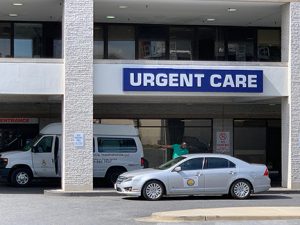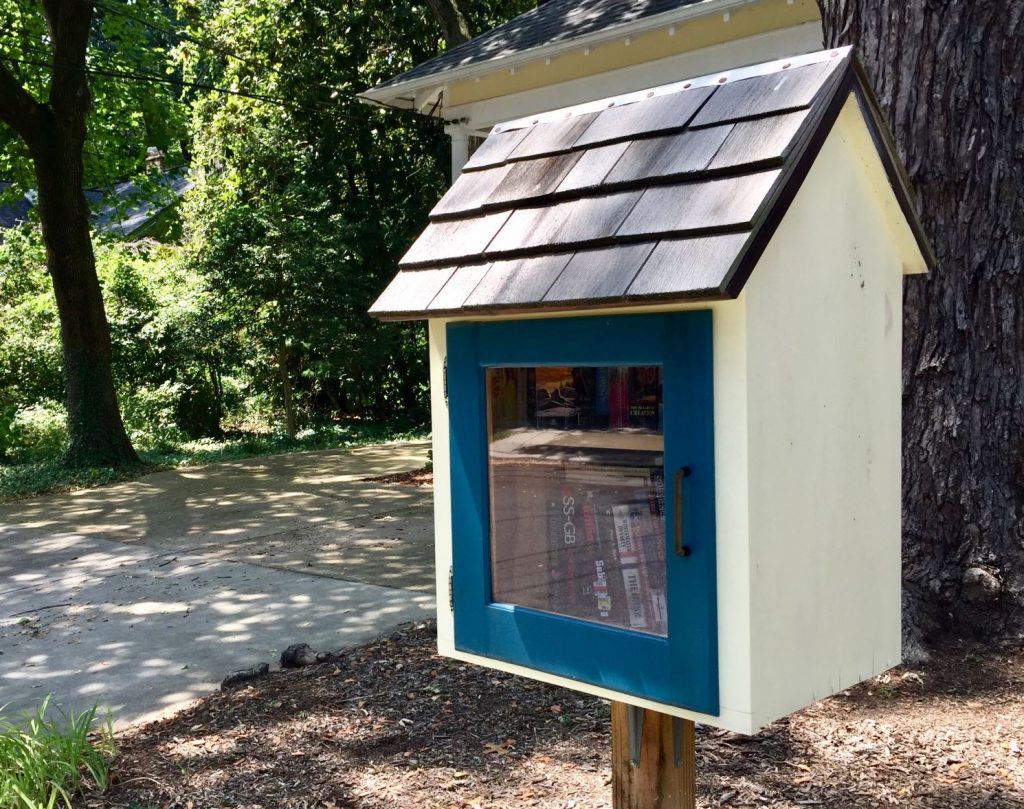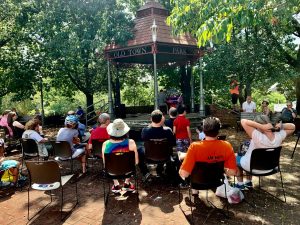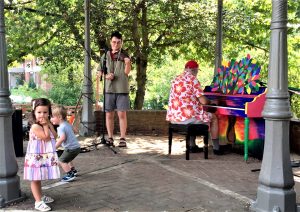By Rick Henry
Since its founding in 1976, Takoma Park’s Dance Exchange has been a literal and metaphorical “mover and shaker,” using physical movement as a catalyst for inspiring collective “movements,” such as community engagement, healthy living and creative aging.
A major assist from the City of Takoma Park will allow the organization to expand its reach in the creative aging arena. A community grant award of $10,000 will help launch the Dance Exchange’s Creative Aging and Intergenerational Exchange. The organization will launch a series of workshops with local housing communities and multi-family residential buildings in Takoma Park, such as Victory Towers, Edinburgh House, Parkview, Cambridge House, Winslow House, Essex House, and Hampshire Towers to provide creative aging programs to their older adult residents.
“These ongoing workshops will use movement, dancemaking, and storytelling to encourage physical activity and health, individual and community expression, and community building,” said Cassie Meador, executive artistic director of Dance Exchange.
According to Meador, the exchange had been exploring these types of programs for a while, but it was City Councilmember Peter Kovar who helped bring the concept and the key players together.
“I’m a strong supporter of Dance Exchange’s innovative work and I appreciate the many contributions the organization makes to the Takoma Park community and beyond,” Kovar said. “Earlier this year, after I had a conversation with Dance Exchange staff about this topic, I helped put them in touch with representatives of local apartment buildings that have substantial aging populations and with groups that work on issues affecting older residents. So I’m delighted that they were approved for a grant that will enable them to collaborate with older residents in the City.”
Meador added that while the particular initiative that the grant is funding is new, it fits in perfectly with the Exchange’s history and overall mission. “Dance Exchange has enhanced the quality of life for older adults since its founding in 1976. Our Founder, Liz Lerman, began teaching dance to senior adults at the Roosevelt for Senior Citizens, a city-run residential facility in Washington, DC in 1975,” she said.
“Going forward, our long-term goal is to continue building an intergenerational creative community that uses dancemaking to improve the lives and wellness of local older adults by increasing social connection, opportunities for agency and choice making, and physical health through movement.”
The grant will support Dance Exchange artists in implementing and facilitating the program. In addition, a team of local and national contributors from the arts, health, and creative aging sectors will assess the value and impact of the work for individuals and communities joining the program.
During the pilot year, Dance Exchange will also document and share best practices within the arts, health and creative aging sectors. The organization will host a series of events, including an evening on the science of arts and aging, (co-hosted with the National Academy of Sciences as part of their LabX series) on Oct. 25 at Dance Exchange, and a three-day Organizing with Artists for Change Institute, Jan. 9-12, 2020. They are also planning a culminating performance event in May 2020.
Meador said that none of these initiatives would be possible without the grant. “Without this money, we simply could not launch the program in this coming season,” she said. “Our partnership illuminates how the arts and culture sector can intersect with local government to make a more robust, creative, and connected community.”
It all comes down to using movement to launch “movements.” As Meador said, “Through the Creating Aging and Intergenerational Exchange program, we will be moving for connection, moving for health, and moving together to question and expand the expectations of aging.”
This article appeared in the August 2019 edition of the Takoma Park Newsletter. The Takoma Park Newsletter is available for download here.
 The City of Takoma Park has been a “sanctuary city” since 1985 and actively supports and welcomes immigrants and refugees. The City’s Takoma Park Arts cultural series will celebrate the lives and legacy of immigrants in a free film screening and poetry reading at the Takoma Park Community Center at 7500 Maple Avenue.
The City of Takoma Park has been a “sanctuary city” since 1985 and actively supports and welcomes immigrants and refugees. The City’s Takoma Park Arts cultural series will celebrate the lives and legacy of immigrants in a free film screening and poetry reading at the Takoma Park Community Center at 7500 Maple Avenue.






